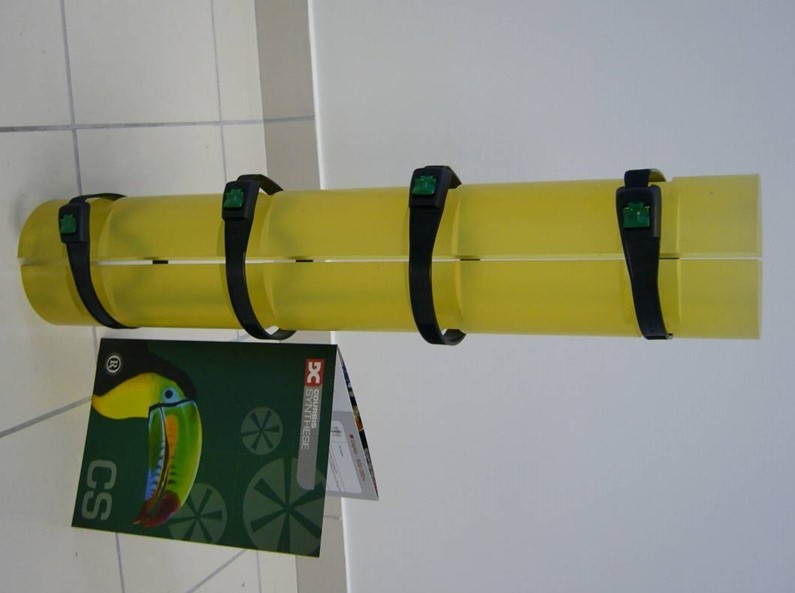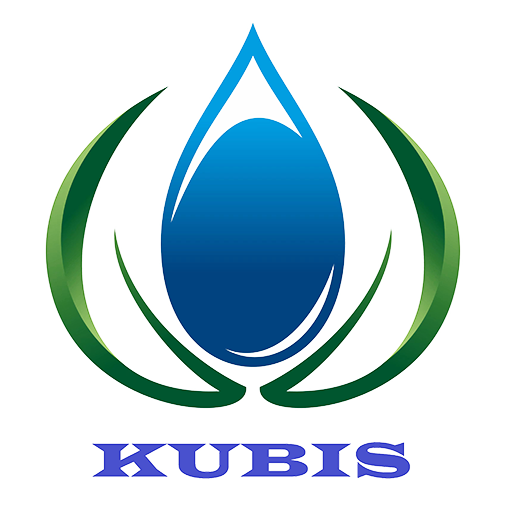



Kubis bend restrictor play an important role in oil and gas pipeline protection due to their high hardness, excellent impact resistance, low-temperature stability and easy processing. By meeting these key technical requirements, Kubis Bend Restrictor can effectively limit the bending deformation of pipelines and improve the safety and reliability of pipelines.
Kubis bend restrictor play an important role in oil and gas pipeline protection, especially in scenarios where bending deformation of pipelines needs to be restricted. For this static application, the technical requirements of the product include achieving a hardness of 80-85 Shore D to ensure adequate support and stability. Each bend limiter section needs to be able to withstand forces between 300 kg and 1 ton to cope with all possible external loads.
In addition to hardness and load-bearing capacity, Kubis bend restrictor need to meet other key requirements:
High hardness and modulus: This is a key factor in ensuring that the bend restrictor is able to effectively limit the bending deformation of the pipe. High hardness and modulus mean that the material will maintain its shape when subjected to external forces and will be less prone to deformation.
Excellent impact resistance: Oil and gas pipelines may be subjected to external impacts during use, such as earthquakes and soil movement. Therefore, bend restrictor need to have excellent impact resistance to protect pipelines from damage.
Maintaining physical properties at temperatures below 70°C: Kubis materials need to maintain good physical properties at lower temperatures to ensure that they can still work effectively in cold environments. This requires that the material does not harden or become brittle easily at low temperatures and remains sufficiently flexible and elastic.
Ease of processing: To facilitate production and installation, Kubis bend restrictor need to be easy to process. This requires materials that can be easily cut, molded and installed to increase productivity and reduce manufacturing costs.
Defect-free parts: In order to ensure the quality and reliability of the product, bend restrictor should be produced without defects, such as bubbles and cracks. This requires strict control of the production process and quality control procedures to ensure that each part meets standards.
